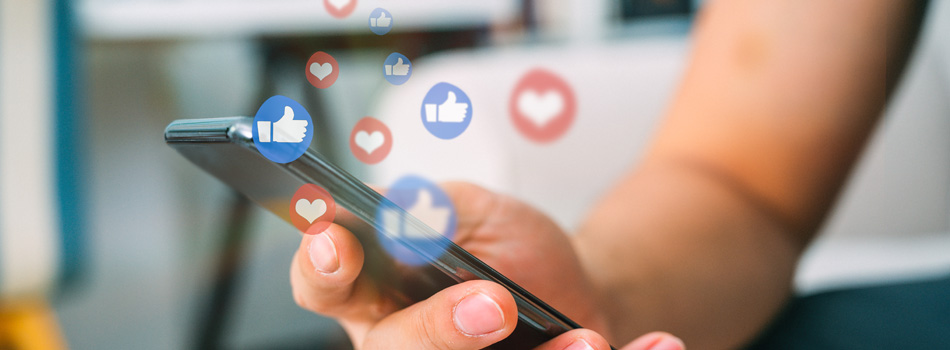#7 Halo effect: why goals are sometimes best achieved obliquely
The halo effect is the finding that a person or product’s attributes aren’t evaluated independently. If a brand has one outstanding attribute it will influence people’s ratings in other areas – even if they are completely unrelated.
Evidence: Richard Nisbett, from the University of Michigan, and Timothy Wilson, from the University of Virginia, conducted a study in 1977 into the halo effect.
They asked participants to watch a video of a foreign instructor with a noticeable accent. Half the viewers watched a video of the instructor where he presented himself as someone warm and likeable. The remainder saw a video where the instructor presented himself as cold and much more unlikable. His mannerisms and accent were kept the same in both versions of the videos.
Participants were then asked to rate the instructor on his likeability but also on criteria unrelated to his warmth: his physical appearance, mannerisms and accent. The subjects who saw the warm instructor rated his appearance, mannerisms, and accent as appealing, whereas those who saw the cold instructor rated these unrelated attributes as irritating.
Recommendations: This study suggests that we rate characteristics holistically rather than separately. Brands that have one overwhelmingly positive quality benefit from a spillover effect in other areas.
This is fascinating as it suggests that brands can achieve their goals obliquely. If, say, a brand wants to boost a metric like trust, the ideal approach might not be to communicate messages in that area.
An alternative is to focus on an easier-to-shift metric, say likeability, and then rely on the halo effect to work its magic.






